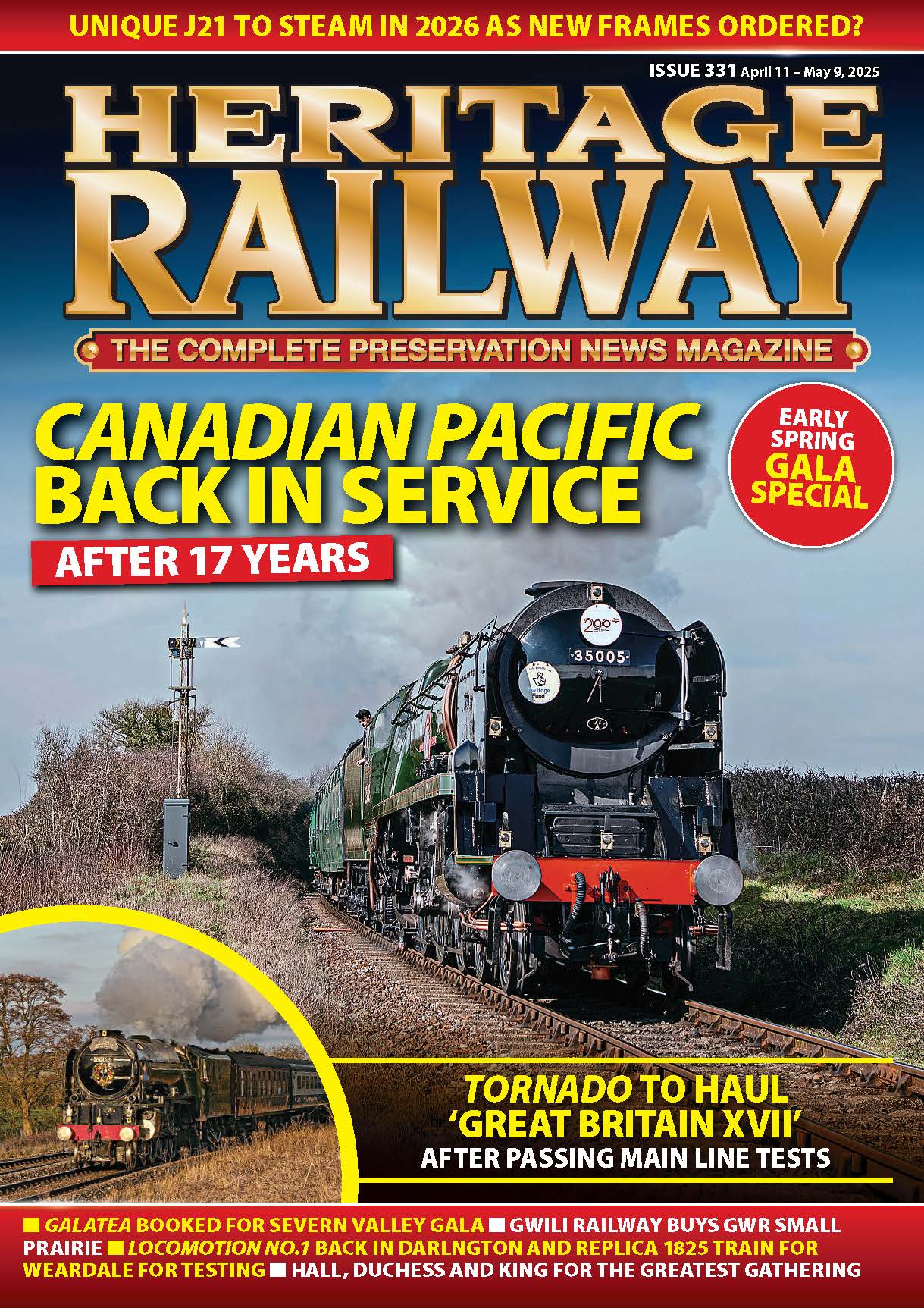By Geoff Courtney
The world of railway preservation has paid tribute to Roland Kennington, who died on September 17, after a career in engineering that included nearly two decades working with No. 4472 Flying Scotsman during its ownership by firstly Sir William McAlpine and then Tony Marchington.
Roland, who was 80 and leaves wife Chris, two sons and a daughter, formed a partnership with the former LNER Pacific that transcended a mere man and machine alliance. It was a bond formed in the 1980s that endured until 2004, when the NRM bought the locomotive for £2.31 million, a sale that saddened him as he had hoped it would remain in private hands.
Enjoy more Heritage Railway reading in the four-weekly magazine.
Click here to subscribe & save.

Indeed, it is believed that Roland’s wish came agonisingly close to fruition, as the under-bidder in the battle for ownership of the world-famous engine is understood to have missed out by only a whisker.
Roland, whose father was a stonemason, was born in Lincoln in April 1937, and had a talent for metalwork at school.
At the age of 11 he became a trainspotter, and spent many happy hours at his home town’s station and bunking Lincoln (40A) shed, often being kicked out by staff. Newark and Grantham on the ECML were also two of his favourite haunts, with occasional visits to Nottingham thrown in.

On leaving school in 1953 he joined engineering company William Foster & Co, starting as an apprentice toolmaker and, after gaining a National Certificate in mechanical engineering, became a toolmaker and then time standards engineer.
In 1960 Foster’s was taken over by WH Allen & Co, and in 1968 Roland was moved to the company’s factory in Bedford, where he lived for the remainder of his life. By 1976 he had risen through the ranks to the post of production superintendent, in which role he was responsible for three machine shops with 155 employees.
Read more in Issue 234 of HR – on sale now!
Advert
 Enjoy more Heritage Railway reading in the four-weekly magazine. Click here to subscribe.
Enjoy more Heritage Railway reading in the four-weekly magazine. Click here to subscribe.




